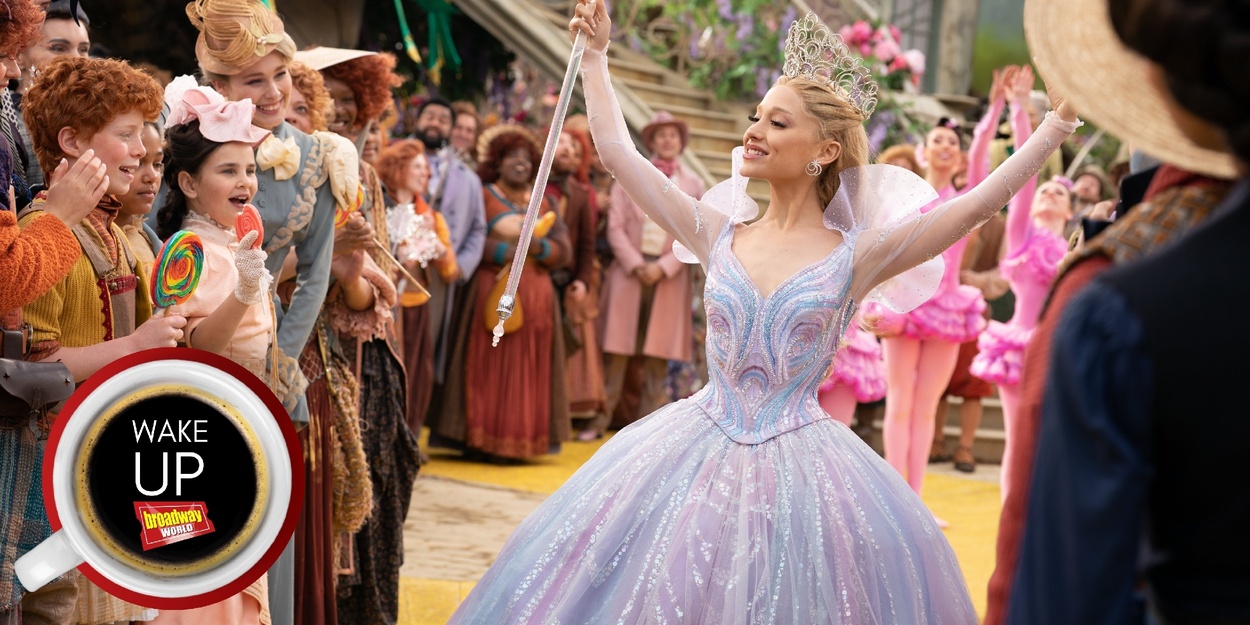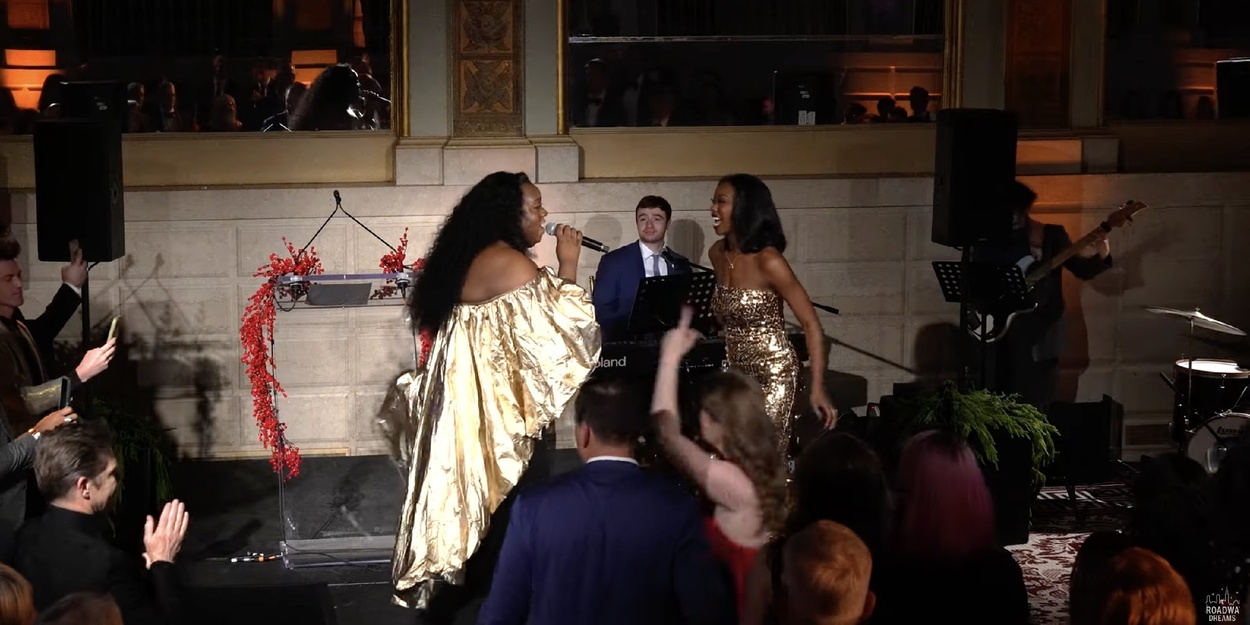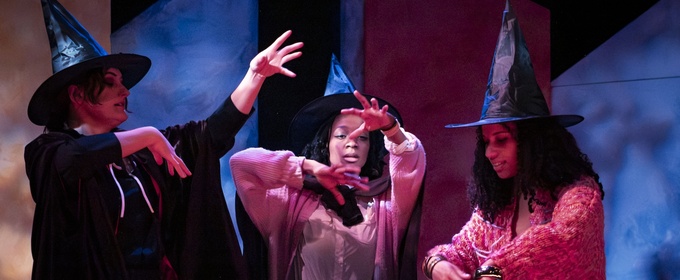Trending Stories
Recommended for You
Top Viral Moments on Broadway in 2025: BOOP!, 'Hamilten,' & More
These Broadway moments went viral on social media this year.
Additional Cast Joins Nathan Lane, Laurie Metcalf, and More in DEATH OF A SALESMAN
The cast includes K. Todd Freeman (Charley), Jonathan Cake (Ben Loman), John Drea (Howard), Michael Benjamin Washington (Bernard), and more.
From Hawkins to Broadway: A Guide to STRANGER THINGS Cast Members on Stage
Find out which Broadway and stage stars appear in the hit Netflix series.
Interview: Frank Wildhorn on His Global Career
Wildhorn discusses his projects including Chimney Town, Death Note, his new symphony 'Vienna' and more!
Ticket Central
Industry
West End

Photos: Sheridan Smith and Romesh Ranganathan in WOMAN IN MIND at the Duke of York’s Theatre
Romesh Ranganathan makes his West End stage debut in the role of Bill.
Romesh Ranganathan makes his West End stage debut in the role of Bill.
New York City

Review: THE JACKIE MASON MUSICAL: Laughs, Songs & Heart at Rodney's Comedy Club
Heart and plenty of laughs in this musical re-telling of the famed comedian's life, from his ex's perspective
Heart and plenty of laughs in this musical re-telling of the famed comedian's life, from his ex's perspective
United States

Tickets for Chicago Theatre Week 2026 to go on Sale This Week
Participating theatres include Citadel Theatre, A Red Orchid Theatre, The Second City, and more.
Participating theatres include Citadel Theatre, A Red Orchid Theatre, The Second City, and more.
International

THE MORNING AFTER (A Manhã Seguinte): International Comedy Hit Opens Brazilian Run in São Paulo
by Claudio Erlichman. The production runs from January 09th trough March 1st, at Teatro VillaLobos.
by Claudio Erlichman. The production runs from January 09th trough March 1st, at Teatro VillaLobos.



































































































